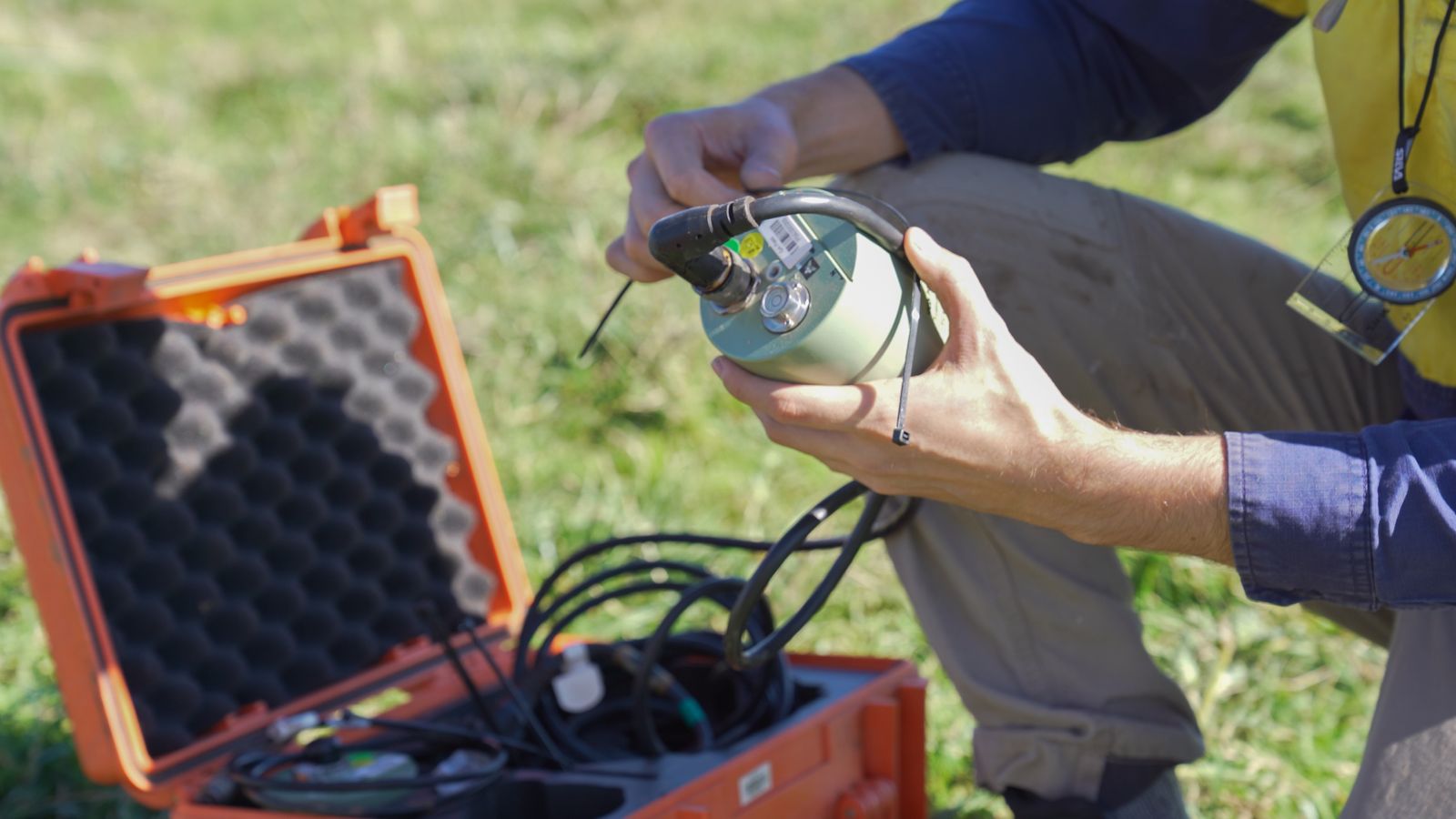Passive Seismology
Passive seismology involves studying the Earth’s interior using sensors called seismometers, which detect the seismic waves generated by natural sources like ocean waves breaking on a beach or earthquakes.
Seismic waves travel at different speeds depending on the composition, pressure and temperature of rocks beneath the surface.
Therefore, the time it takes seismic waves to arrive at a seismometer from a natural event can reveal information that can be used to model the speed of seismic waves, enabling the interpretation of the structure, temperature and composition of geological layers at depth.
The Australian Passive Seismic Array Project (AusArray) started in 2016 as part of Geoscience Australia’s Exploring for the Future program.
The Geological Survey of Victoria has partnered with Geoscience Australia to deliver the Victorian component of AusArray. Activities are scheduled to commence in late 2022 using over 100 seismometers distributed across the state.
Information gathered will be used to better understand the Earth’s geological evolution, its deep geology and an area’s resource potential.
More information about AusArray, including a video explaining how passive seismology works, is available from Geoscience Australia.

Page last updated: 10 Apr 2023